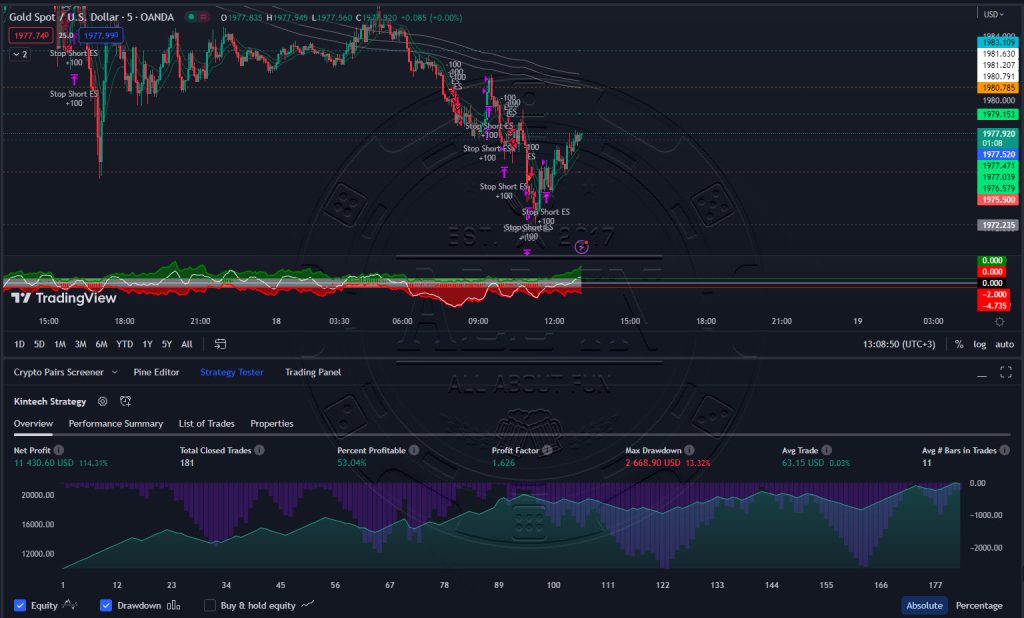The gold standard has been a significant aspect of the global financial system, providing stability and serving as a benchmark for currencies. In this article, we will delve into the concept of the gold standard, its historical origins, and its impact on the economy. Join us as we explore the intricacies of this monetary system that has shaped financial history.
What Is the Gold Standard?
The gold standard refers to a monetary system in which the value of a country’s currency is directly linked to a fixed quantity of gold. Under this system, each unit of currency represents a specific amount of gold, creating a tangible and universally recognized measure of value. The gold standard acts as a benchmark, ensuring that currencies have intrinsic worth backed by the precious metal.
Historical Origins of the Gold Standard
The gold standard has roots that trace back centuries. England emerged as a pioneer in implementing the gold standard due to its substantial gold discoveries. This monetary system gained prominence during the late 19th century and became the foundation for the international monetary system from the 1870s to the early 1920s. It experienced a brief interruption but was reestablished from the late 1920s to 1932 and again from 1944 until 1971.
How Does the Gold Standard Work?
Under the gold standard, the value of a currency is fixed in relation to a specific quantity of gold. This fixed exchange rate establishes a stable relationship between the currency and the precious metal. The currency is freely convertible into gold at a predetermined rate, either domestically or internationally. This convertibility ensures that the currency has a tangible backing and maintains its value.
Advantages of the Gold Standard
The gold standard offers several advantages:
- Stability: The fixed exchange rate provided by the gold standard promotes stability in the economy, as it eliminates fluctuations caused by monetary policy decisions or political factors. This stability fosters confidence in the currency and encourages investment and economic growth.
- Intrinsic Value: The link to gold gives currencies under the gold standard intrinsic value. This value is not solely based on the trust in the issuing authority but on the tangible and universally accepted worth of gold itself.
- Limiting Inflation: With a fixed amount of gold backing the currency, the gold standard imposes a restraint on the expansion of the money supply. This limitation helps prevent excessive inflation, as the supply of money cannot be arbitrarily increased.
- International Consistency: The gold standard facilitates international trade by providing a common benchmark. Since currencies are linked to a fixed amount of gold, exchange rates between different countries remain relatively stable, promoting global economic cooperation.
Criticisms of the Gold Standard
Despite its advantages, the gold standard has faced criticism:
- Limited Flexibility: Critics argue that the gold standard restricts the ability of central banks to implement monetary policies necessary to respond to economic crises. The fixed exchange rate limits the flexibility to adjust currency values, potentially hindering efforts to stabilize economies during challenging times.
- Supply Constraints: The availability of gold is limited by its physical quantity, making it difficult to expand the money supply to accommodate economic growth. Critics argue that this limitation can lead to deflationary pressures, hampering economic development.
- Vulnerability to Speculation: The gold standard is susceptible to speculative attacks, as investors can potentially exploit discrepancies between the price of gold and the fixed exchange rate. Such attacks can destabilize currencies and create economic volatility.
FAQs
FAQ 1: Is the gold standard still in use today? Answer: No, the gold standard is no longer in use as a global monetary system. After the United States terminated convertibility of the US dollar to gold in 1971, the world shifted to a system of fiat currencies, where the value is not backed by a specific commodity.
FAQ 2: Did all countries adopt the gold standard? Answer: Not all countries adopted the gold standard. However, during its peak, many major economies, including the United States, United Kingdom, Germany, and France, were part of the gold standard system.
FAQ 3: Can the gold standard prevent financial crises? Answer: While the gold standard provides stability, it is not immune to financial crises. Economic factors, speculative activities, and external shocks can still impact the stability of currencies linked to gold.
FAQ 4: Is there a possibility of a return to the gold standard? Answer: The likelihood of a return to the gold standard is uncertain. The current global monetary system is predominantly based on fiat currencies, and any significant shift would require extensive coordination and agreement among nations.
FAQ 5: What is the role of gold in the modern economy? Answer: In the modern economy, gold plays a multifaceted role. It serves as a store of value, a hedge against inflation and economic uncertainties, and is used in various industries, including jewelry, technology, and investment markets.
Conclusion:
The gold standard, with its historical significance and impact on the global economy, remains an intriguing aspect of monetary systems. While no longer in use today, the gold standard provided stability, intrinsic value, and a common benchmark for currencies. As we continue to navigate the complexities of the modern financial landscape, understanding the principles and effects of the gold standard allows us to appreciate the evolution of our monetary systems.





